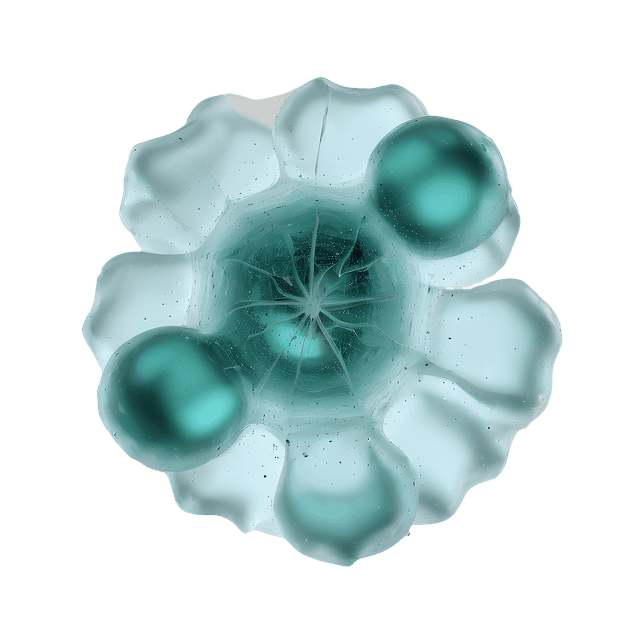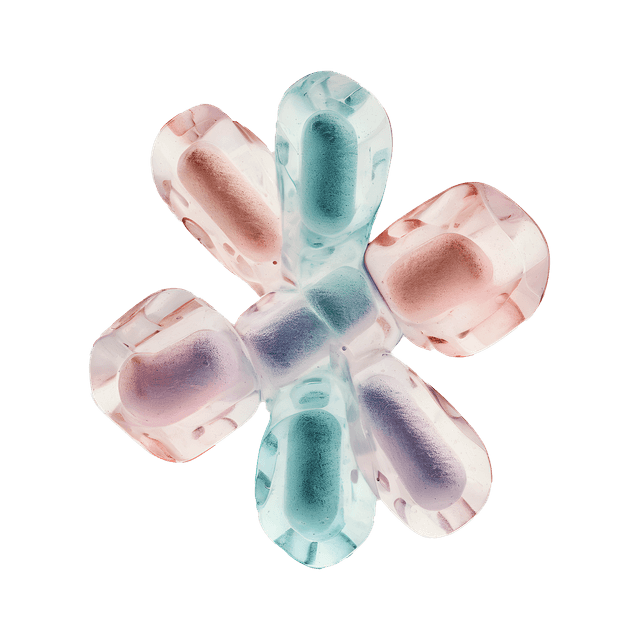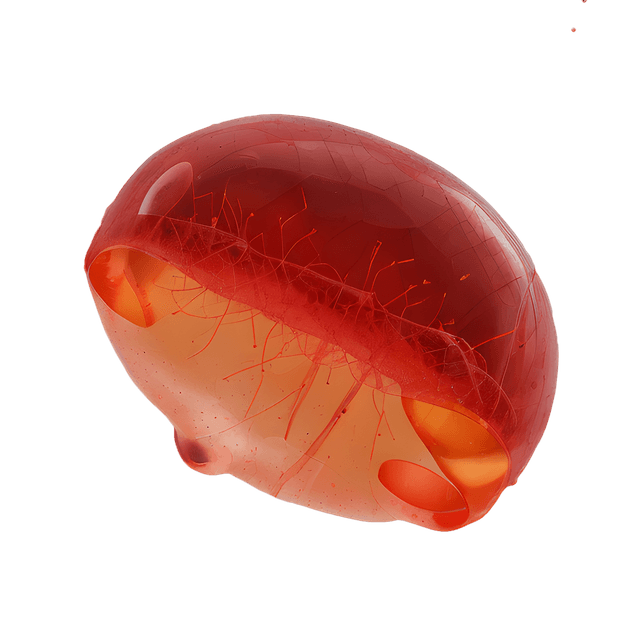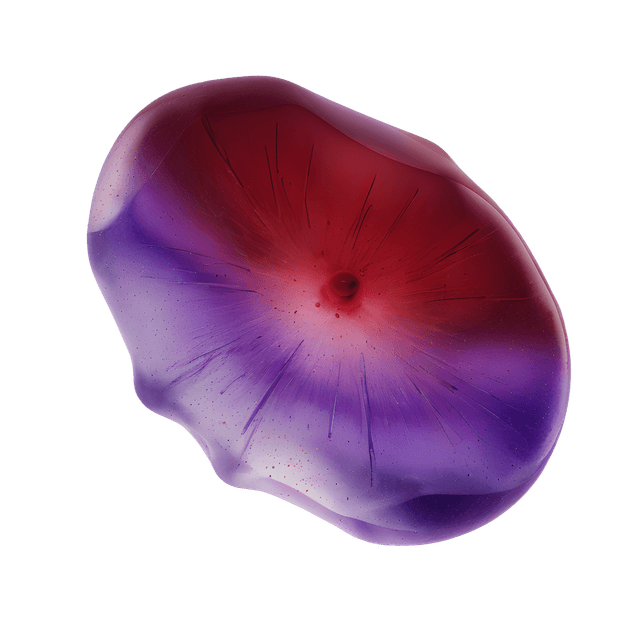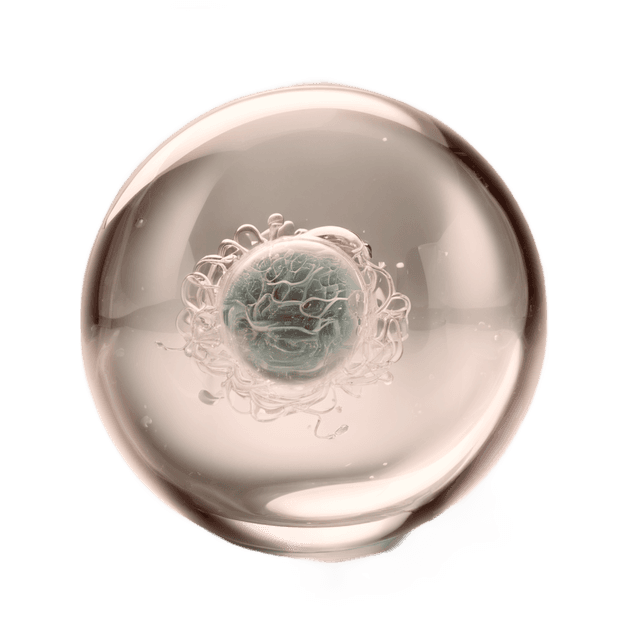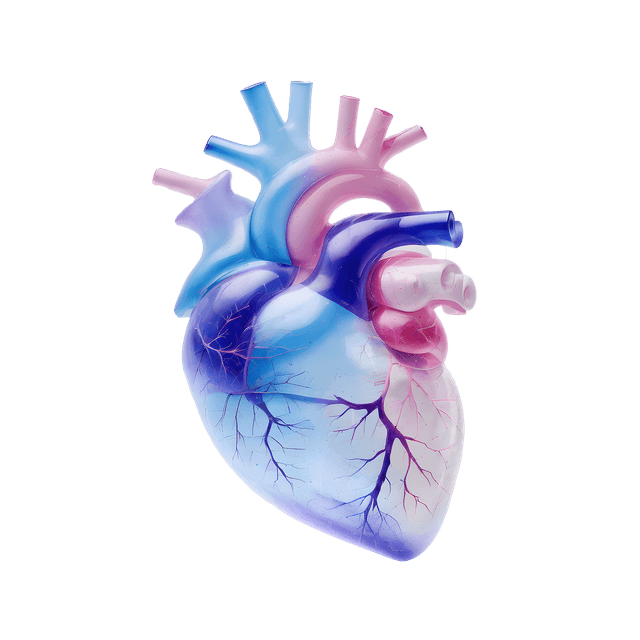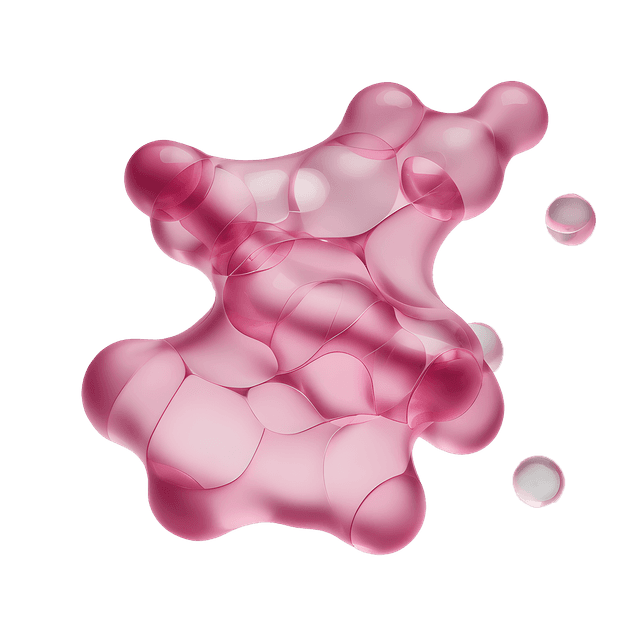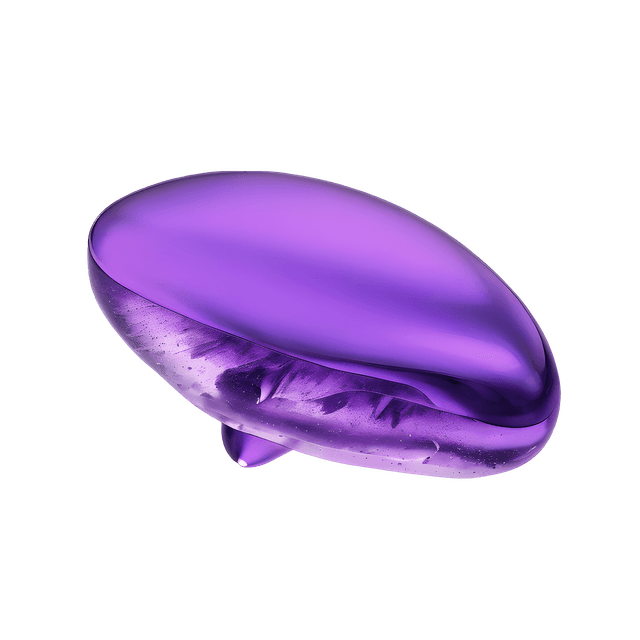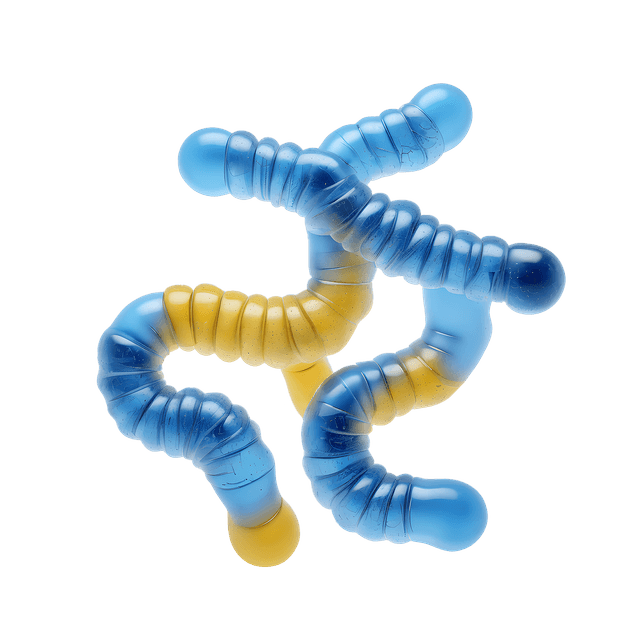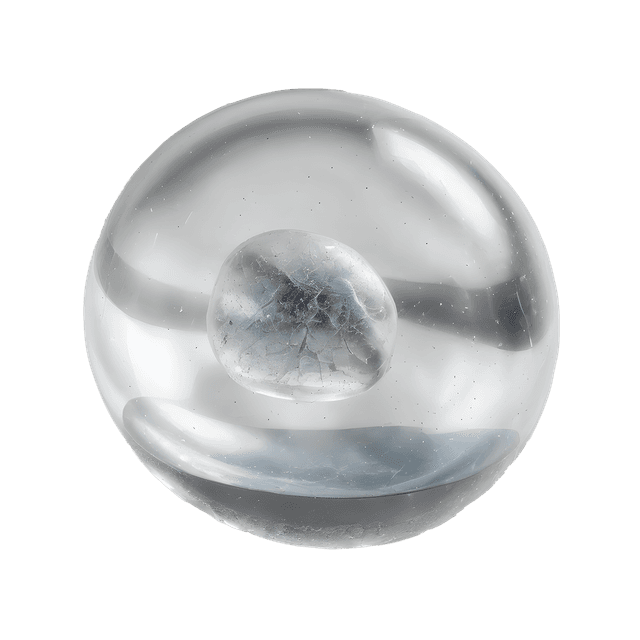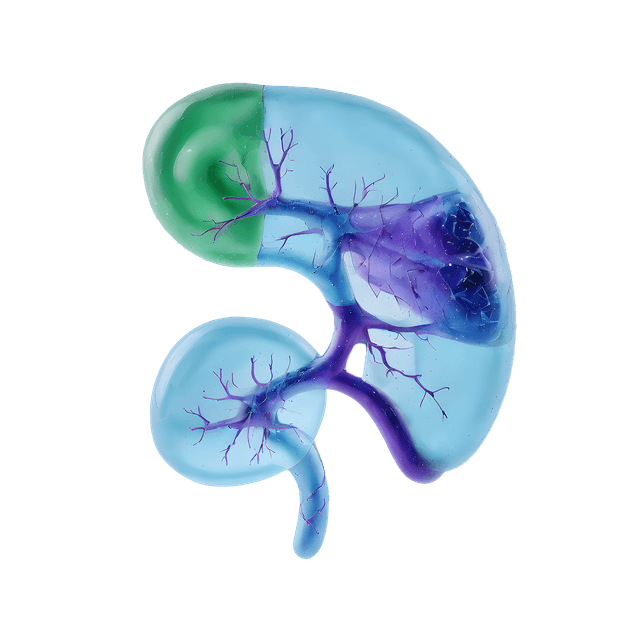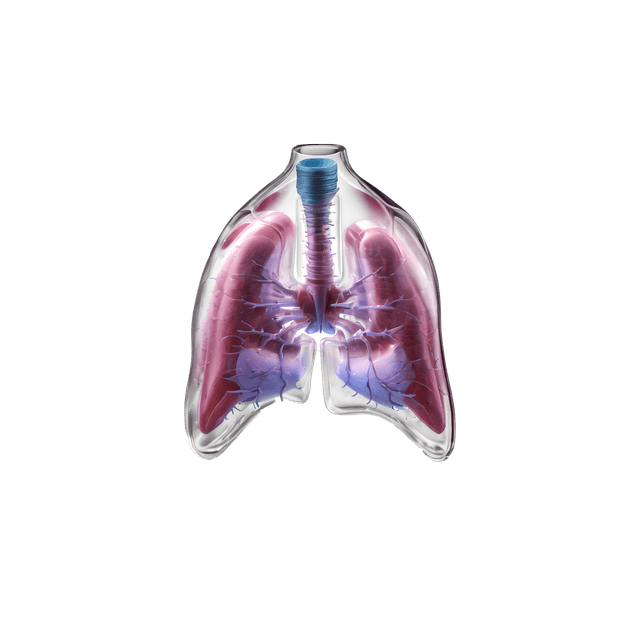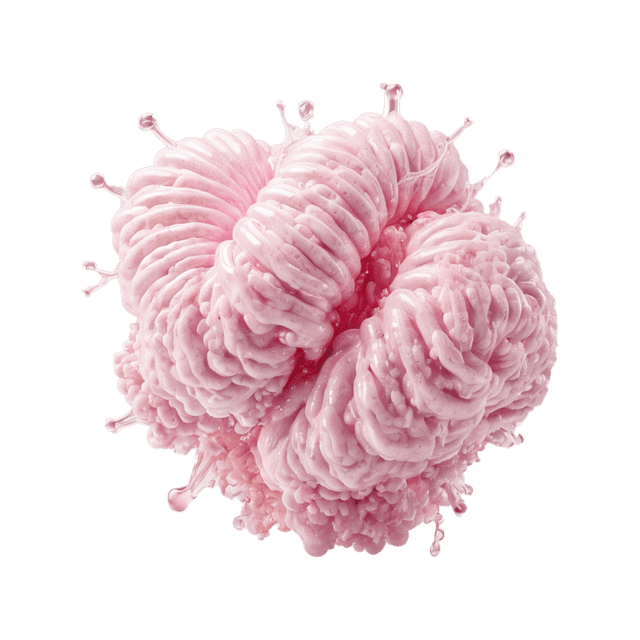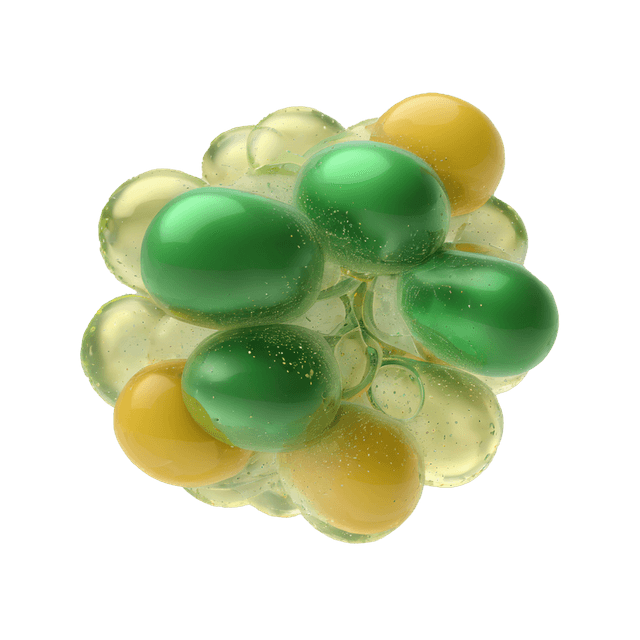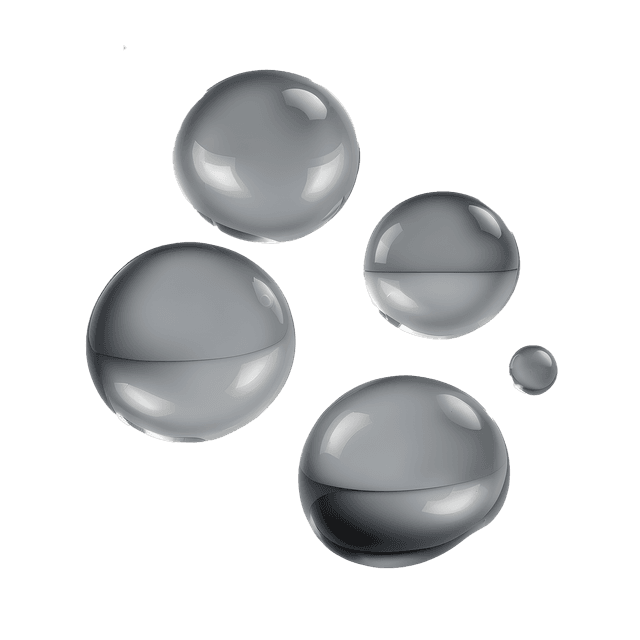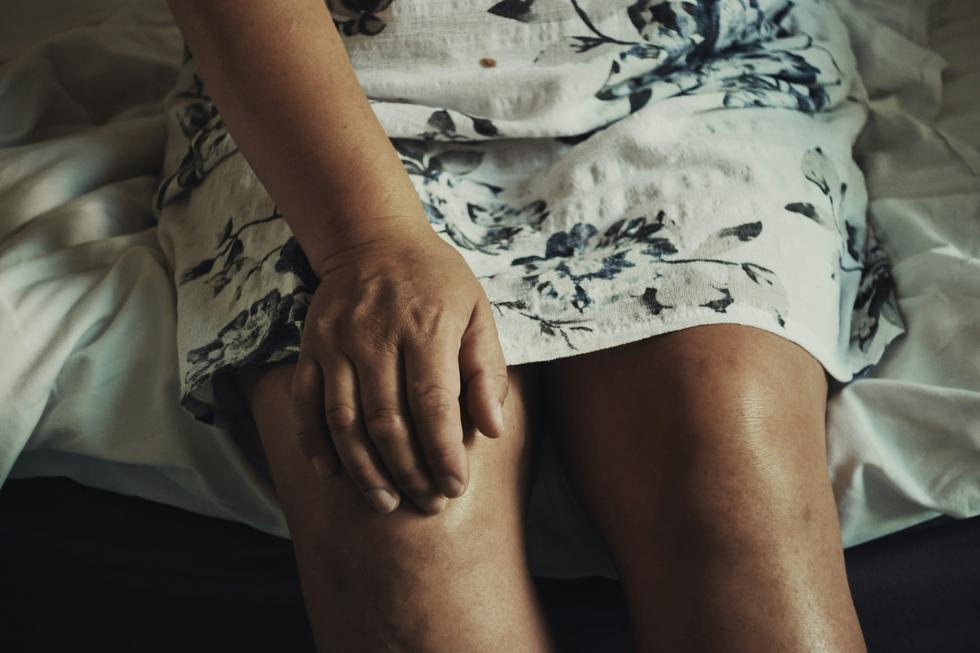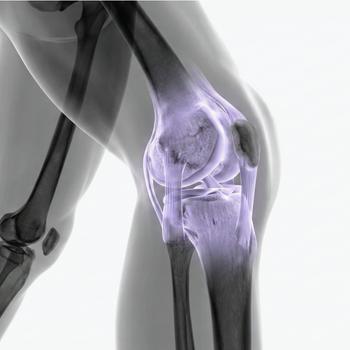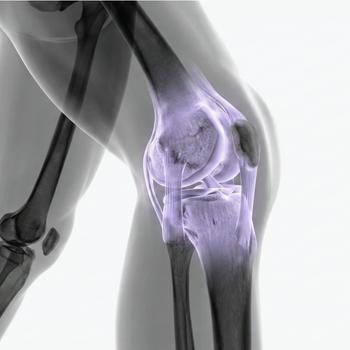Quick version
Osteoarthritis of the knee is a common joint disease that causes the cartilage to break down. When this happens, it can lead to pain, stiffness, swelling and reduced mobility. Common causes are mainly age, obesity, previous knee injuries and heredity, but younger people can also be affected. Symptoms often develop slowly but can worsen over time. A medical examination and X-ray are usually required to get a sure diagnosis. There are several ways to relieve the symptoms, such as exercise, weight loss, physiotherapy and in some cases surgery. Early diagnosis and proper treatment can significantly improve the quality of life.
What is osteoarthritis of the knee?
Osteoarthritis, or osteoarthritis, is a joint disease in which the cartilage in the knee joint breaks down faster than it is built up. When this happens, it leads to symptoms such as stiffness, pain, and decreased mobility. Knee osteoarthritis is particularly common in people over 50, but it can also affect younger people due to overuse or previous knee injuries.
5 common causes of knee osteoarthritis
- Aging – as we age, cartilage naturally becomes thinner
- Overweight – because the load on the knee joints increases
- Previous injuries – for example, meniscus injuries or cruciate ligament injuries
- Genetic factors – heredity can be a cause
- Professions where there is heavy strain on the knees
5 common symptoms of knee osteoarthritis
The symptoms often come on insidiously and worsen over time. You may have knee osteoarthritis if you experience:
- Pain when the knee is put under stress, such as when you walk up stairs or stand up
- Stiffness, this is especially common in the morning or after rest
- Swelling around the knee joint
- Crunching or cracking sounds in the knäete
- Reduced mobility and difficulty bending or straightening the knee
How can you find out if it is osteoarthritis?
To get a sure diagnosis, you should contact your healthcare provider. A diagnosis is usually made by:
- Description of your symptoms and medical history
- The doctor examines the mobility and swelling of the knee
- X-ray – shows whether the cartilage in the knee has thinned
- In some cases, knee magnetic resonance imaging and/or knee joint
- Blood tests may also be needed to rule out other conditions
Is there anything you can do about knee osteoarthritis?
There are several ways to relieve symptoms and slow the progression of osteoarthritis:
- Physical activity: Regular exercise strengthens the muscles around the knee, which helps with load-bearing
- Weight control: Losing weight reduces the load on the joint
- Physical therapy: Individually adapted exercises for osteoarthritis of the knee can improve function
- Medication: Painkillers and anti-inflammatory drugs can relieve the discomfort
- Joint protection or orthoses: This provides relief and support to the knee
- Surgery: In severe cases, a knee prosthesis may be necessary
When should you seek medical attention?
You should contact a doctor if you have persistent knee pain, stiffness or difficulty moving. An early diagnosis can make a big difference to your quality of life and reduce the risk of the condition getting worse.



